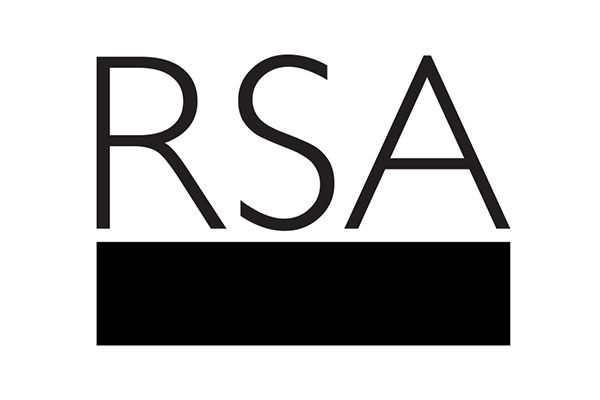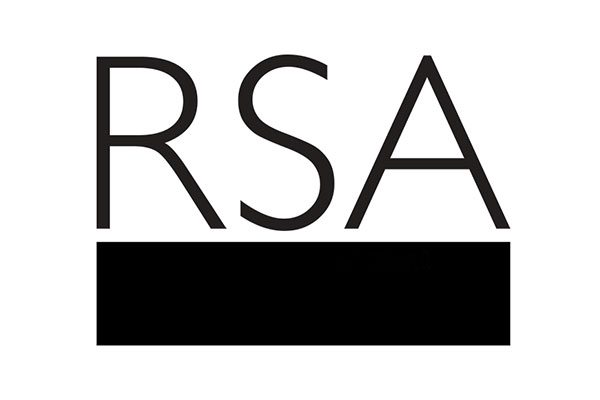The last thirty years has seen a rebirth in the importance of the city. Driven by a variety of factors-not least the Creative and Cultural Industries (CCIs), as outlined in Richard Florida’s The Rise of the Creative Class (2002)-cities have assumed renewed importance in the global economy.
In some cases they have arguably become more important than the nations in which they are located, at least to the extent of unbalancing their economies. These cities have also become significantly richer than their hinterlands, a development which has helped to fuel political resistance to the very features that make such cities successful; diversity of experience and background, toleration and liberal values, high levels of education and expertise, innovative industries and an international/global outlook complemented by high levels of mobility. In very recent times the Smart City, with its promise of intensifying interconnectivity, high levels of real time data and the transposition of the internet of things (IoT) into the urban infrastructure, has intensified the economic advantage enjoyed by such cities further: Dublin’s Smart Docklands area (‘The world’s most connected business and living district’) alone contributes 9% of Ireland’s total GDP. The values and practices of such cities and the economic success they bring are increasingly resented in many polities of the west, whether through Trump, Brexit and their ‘metropolitan and liberal elites’ or in the demand in Ireland for a massive uplift in rural broadband capacity to avoid being left behind. We are remote from the world of the 1970s and 80s with its fear of the dystopian and declining city: Robocop’s Detroit (1987) is already a period piece. This seems a new era.
And yet we have been here before. The early modern period also saw major population expansion and the creation of innovative and dynamic cities: Amsterdam, Edinburgh, London, Naples, Paris. These are homes of what became known as the Enlightenment, an intellectual movement much longer on contested descriptions of what it actually was than explanations of how it happened. In reading modern urbanist theory, again and again it occurred to me that what was being described as the conditions for economic success- mixed use districts, diversity (25%-35% uplift in productivity), the intermingling of residential and commercial properties , small and short blocks and high concentrations of people (20-30% increase in innovation per capita )-was true of cities such as Amsterdam and Edinburgh in 1675. In particular, the stress on the creative and cultural industries evident in the last twenty years was strongly profiled in the early modern city. The creation of what we now think of as traditional Scottish music (in reality a fusion with classical), the development of the subscription library, the first permanent theatre in Scotland, the rise of specialist art schools and the development of high levels of innovative craftsmanship fostered by immigrant communities are all features of Edinburgh from 1670-1740 along with major professional innovation in the shape of the Royal College of Physicians and other bodies. The features regarded as central to the modern successful and Smart City- the orchestration of ‘eds and meds’ and other institutions, the empowerment of a diverse citizenry and the instrumentation of new industries and innovative practices-are all found in the rapid development in Edinburgh, which in 1700 had a concentration of professionals twice as dense per capita as London, with a similarly dominant position (80% of the Dutch trade, 63% of the French wine trade, 32-40% of all Scots tax revenues) as the English capital. Like London and other similar cities, it had enhanced connectivity: postal services, banking services, timetabled transport services, street lighting. This era saw everything from the development of lost dogs adverts to functioning art and housing markets.
The key to the bulk of these developments was data. It is data that binds the early modern city and the contemporary city together. For this age, the age of Enlightenment, was the first age of the dominance of analogue data: timetables, consumer markets, building regulation, communication and transport services, libraries, banking innovation, even clubs with scheduled meeting times. It was this that promoted the connectivity whence urban success arose. In such a context, it seems only appropriate that Scotland’s first accountants were largely trained in the Netherlands, and that awareness of international practice drove changes in medicine, law and the universities. Transport is more than a mode of transit; it is also (and this is an older use) a state of mind. Like their Smart City successors, many of the citizens of early modern cities were transported by the awareness of new opportunities for comparison and innovation.
The full story can be found in my Enlightenment in a Smart City: Civic Development in Edinburgh, 1660-1750 (Edinburgh University Press, £19.99). It is a history, but more than a history: for the challenges and opportunities in globalization and the global city we struggle with today can be better understood in dialogue with the detailed development of our global cities of the past: a journey which also led to cultural and economic prosperity. We should not lose our way.
Related news
-
1000 Worm Farmers initiative
The Nottingham based social enterprise The Urban Worm CIC seeks 1000 budding worm farmers for new project ‘1000 Worm Farmers’.
-
Upcoming NorthernLight webinar: New spaces, new places, new audiences
RSA Fellows are invited to join a short and focused webinar hosted by NorthernLight, together with The Revels Office in the UK, about dreaming up cultural experiences that mean more.
-
RSA Fellow reaches a new stage in Europan 15
Andrew Mcmullan FRSA is the director of Mcmullan Studio, an architectural studio based in London



Be the first to write a comment
Comments
Please login to post a comment or reply
Don't have an account? Click here to register.